Welcome to Polymathic Being, a place to explore counterintuitive insights across multiple domains. These essays explore common topics from different perspectives and disciplines to uncover unique insights and solutions.
Today's topic looks straight into the diet of Veganism and finds some uncomfortable truths. We’ll look at how natural it is, whether it can be achieved without first-world technology, and what it means globally. Buckle in for an adventure!
Intro
Veganism is pretty simple. You eat nothing that has animal protein of any nature. (some even include honey in that mix) It’s a diet that also attracts a lot of very opinionated and passionate people. It’s one that quickly falls into the psychology of religion in a great many conversations.1 That said, I don’t intend to debunk the diet or convince anyone to get off it. My goal for today’s investigation is to contextualize it.
To that end, three things are required for veganism:
You cannot be vegan off of whole foods alone.
You must rely on globalization, as regional plants do not have the nutritional variety to support veganism.
You require advanced chemistry, industrial laboratories, and ultra-processing to get all of the required nutrients.
As such, you couldn’t have been a vegan except in the last fifty years of human history. Simply put, it’s not how our bodies evolved to ingest and process nutrients. This isn’t a deal-breaker for veganism; it’s just a contextualization since most people aren’t aware of these three facts. Let’s break them down one by one.
#1: Whole Foods.
Plant life is not nutritionally dense. This is true in general, but even our most nutritionally dense whole foods have often been bred over thousands of years to achieve that density. Moreover, plants lack the concentration of fats and protein we need as humans. This is why vegans must supplement their diets with highly concentrated pea protein and exotic plant fats like coconut and avocado oil.
Most critically, there’s an essential vitamin, B12, that humans need, which you cannot get from plants or fungi. It has to be synthetically produced and fortified into a vegan diet. An issue is that synthetic B12 isn’t taken up by the body as well as B12 from animal protein.2 How essential is B12 for your health?3 Well, just about everything from your brain to nerves, to energy production, to DNA requires it. The National Institutes for Health describes it like this:
Vitamin B12 is a nutrient that helps keep your body’s blood and nerve cells healthy and helps make DNA, the genetic material in all of your cells. Vitamin B12 also helps prevent megaloblastic anemia, a blood condition that makes people tired and weak.4
A counterargument is that there are many animals, like cows, koalas, and gorillas, that eat only plants. However, they eat constantly, around 18 hours a day, and their bodies have a metabolism to process it. The koala, for example, is sluggish because eucalyptus leaves are full of toxins, and they’ve evolved to process them. Cows are more interesting: They’re actually chemical plants, fermenting grass with bacteria and then digesting the dead bacteria into the necessary fats, protein, and nutrients and not from the grass.5 Lastly, that gorilla eats over 40 pounds of food daily and has a vast gut track with bacteria that ferment cellulose into short-chain fatty acids.
Simply put, humans cannot ingest enough nutrients, amongst the rest of the calories, from whole food plant material to maintain a healthy diet without supplements.
#2: Globalized Food Chain
Compounding the whole foods issue is that, without our highly advanced global food chain, even the number of whole food materials available would be greatly diminished. Remember those coconuts and avocados? They’ve only recently become available in the quantities needed for a vegan diet. Fifty years ago, they were a novelty; even thirty years ago, they were hard to find fresh.6
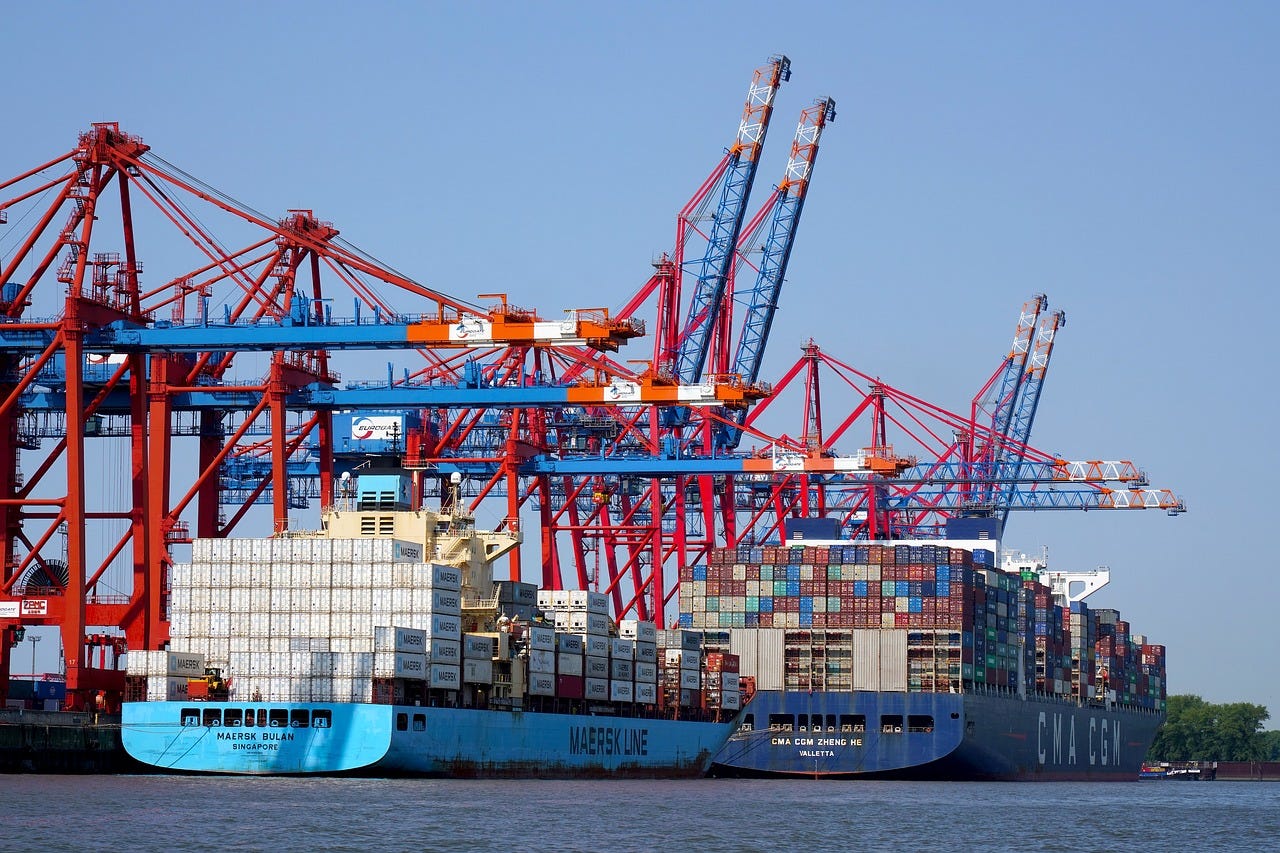
The issue is that plant life is highly regional and specified. Prior to the Columbian Exchange, staples like potatoes, peppers, tomatoes, squash, pumpkins, and more wouldn’t have been known to Europeans. Likewise, soybeans and their subsequent fermented derivatives, like tofu, were limited to Asia. Native Americans didn’t have legumes, like peas, which comprise much of the protein and fats in vegan diets.
Considering the global variety of foods required to balance a vegan diet, it was impossible to achieve enough nutritional diversity even fifty years ago, let alone for it to be a natural alternative for human evolution. Regional food is not diverse enough for a healthy vegan diet and requires a global supply chain.
#3: Ultra Processing
This last issue is the solution to the first two. Because we lack the nutritional density within whole foods and need to process and collect plant material worldwide, we rely on advanced processing technologies, extraction techniques, and laboratories to synthesize supplements.
Even natural foods and plants often contain toxins that require processing. Cassava is a great example that can cause malnutrition and paralysis if not rendered properly.7 Corn (maize) is another example where the failure to nixtamalize corn results in pellagra, a crippling disease.8 Even the ubiquitous cucumber has been bred to remove the toxins from their skins over the centuries.
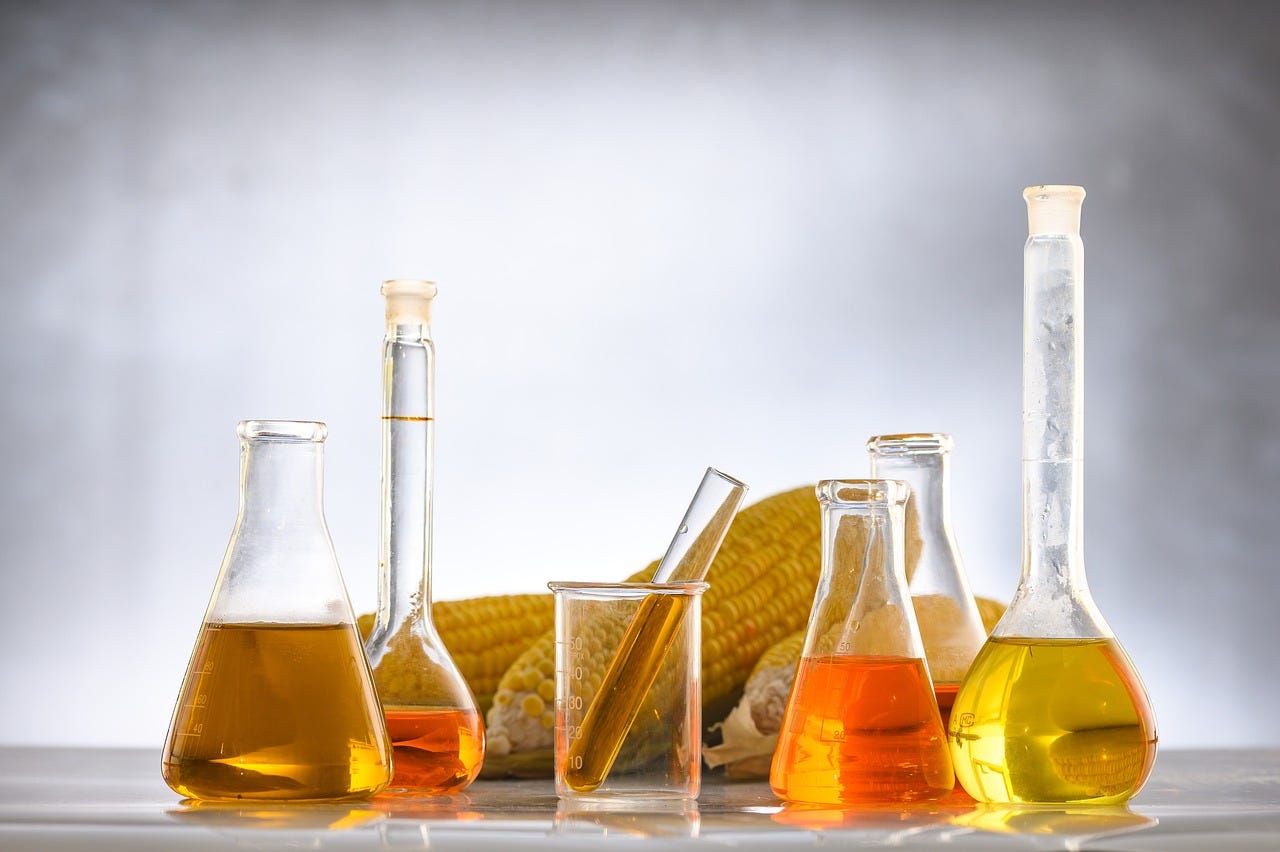
The next step of processing is often through concentration. Seed oils come to mind here, where plants like corn, rapeseed, grape seeds, and others are processed into concentrations that you couldn’t physically ingest consuming the whole seed. Rapeseed (Canola Oil) is especially egregious with solvent extraction processes using hexane, then refining, bleaching, and deodorizing steps to produce the final product.9
Sometimes, the processing of vegan food is straight out of a laboratory where they’re creating something that just doesn’t exist in nature. Let’s look at the Impossible Burger. I think it gets the name ‘Impossible’ as a function of how hard it is to find out how they make it. I started on their website and was presented with a lot of nice hand-waving about the process. They do admit to ultra-processing and using genetically modified ingredients, but this is all cloaked in the obfuscation of reality.
The ingredient list starts off innocuously enough: Water, Soy Protein Concentrate, Coconut Oil, Sunflower Oil, Natural Flavors, and 2% or less of many vitamins and starches. Their main laboratory breakthrough is deriving heme from soybeans to mimic the “blood feel” of a real burger; this is where it gets more complicated.
Impossible Foods produces heme via fermentation in large batches. After fermentation, the protein is separated from the yeast and fermentation. This separation requires clean water to isolate target heme before being used as the key ingredient in the Impossible Burger. The Impossible Burger also uses genetically engineered soy to produce its heme.10
Let’s look a bit more closely at the production of heme:
Extract DNA from the root nodules of soy plants, where heme is produced.11
Insert the DNA into genetically engineered yeast cells.12
Ferment the yeast to grow the volume for harvest13
Isolate the soy leghemoglobin from the yeast.14
Then, add the soy leghemoglobin to give them a meaty flavor.15
I’m not trying to scare you with the idea of ‘chemicals.’ I’ve seen enough fear-mongering around misunderstandings that everything is a chemical and, yes, everything is processed to a point. I’m sure we all remember the Dihydrogen Monoxide parody over the years. My point is merely to show that Vegan food specifically requires exceptionally high-tech and precise laboratory conditions to ensure the majority of the nutrients vegans eat.
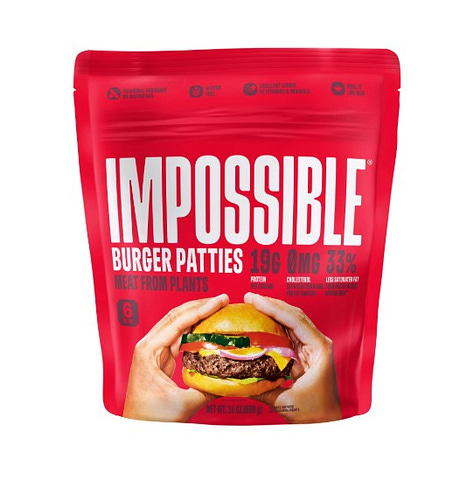
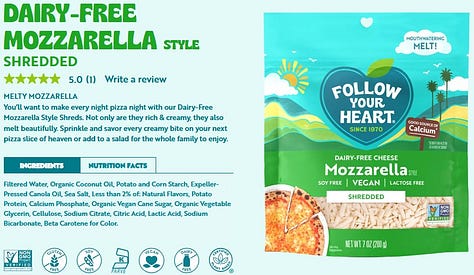
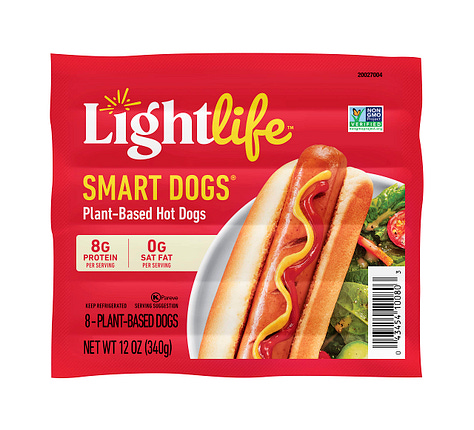
Even if vegans don’t spend all their time trying to make their vegetables taste like meat and cheese, their diet still requires ultra-processing to achieve the required nutrition balance. The regular use of nutritional yeast requires advanced processing equal to the Impossible Burger to fortify the proper nutrients
Wrapping it Together,
My main complaint about veganism is that it is not how we evolved. We also could not have eaten a healthy vegan diet just 100 years ago as we didn’t have the global supply chain and industrial processing capabilities that we have today. The other challenge is that, unless you live in an advanced technology culture like we enjoy in the First World, your ability to source a vegan diet is severely limited. To think about this another way, if you live in a third-world country or a tribal culture, you literally cannot be vegan for the very reasons we’ve explored:16 17
You cannot be vegan off of whole foods alone
You must rely on globalization, as regional plants do not have the nutritional variety to support veganism.
You require advanced chemistry, industrial laboratories, and ultra-processing to get all of the required nutrients.
However, if you’re willing to accept these points and feel that the vegan diet is a step in the right direction for humans, that’s still a viable decision. The challenge remains that it’s a difficult diet to sustain, and we haven’t developed the advanced genetic engineering, processing, and synthesis to make it healthy. Our bodies also haven’t adapted to consuming concentrated plant material in the quantities required.
Another thing to consider is that I haven’t been able to find a healthy vegan who has been on the diet for over 20 years. It’s a common question I ask vegans, and it’s never been answered. Adding to this issue are two quick examples:
A woman I know on the vegan diet was so anemic she had to go to the hospital for regular blood infusions. Ironically, donated by healthy humans who ate meat.
Fellow Substacker
recently shared how growing up on a vegan diet likely caused lifetime pain and emergency surgery this past year. He writes about his experience in “Healthy Living Can Be Deadly.”
Perhaps we can refine our nutritional processing to outperform whole plant and meat nutrition, but we aren’t there yet. It’s something to pay attention to as we advance and adapt. Still, we must also consider that evolution has developed humans to use our resources efficiently. In fact, our exceptionally large brains likely developed because we started to consume highly energy-dense animal protein.18 So, let’s continue to use that big brain of ours and look hard at how veganism is a first-world luxury supported by advanced processing and globalization.
What are your experiences with veganism? Drop a comment below!
Did you enjoy this post? If so, please hit the ❤️ button above or below. This will help more people discover Substacks like this one, which is great. Also, please share here or in your network to help us grow.
Polymathic Being is a reader-supported publication. Becoming a paid member keeps these essays open for everyone. Hurry and grab 20% off an annual subscription. That’s $24 a year or $2 a month. It’s just 50¢ an essay and makes a big difference.
Further Reading from Authors I Appreciate
I highly recommend the following Substacks for their great content and complementary explorations of topics that Polymathic Being shares.
- by : All-around great daily essays
- by : Insightful Life Tips and Tricks
- by : AI tips for Thinking and Writing
- by : Integrating AI into education
- by : Computer Science for Everyone
Dr. Berg |Blog|, Vitamin B12: Methylcobalamin vs. Cyanocobalamin, 08/26/2024
It’s so essential that the body stores 2-5 years worth just in case. This is why many vegans don’t notice health issues immediatly and why there’s a major drop of practicing vegans after 5 years when the nuerological health issues from B12 deficiency start to kick in. https://www.nhs.uk/conditions/vitamin-b12-or-folate-deficiency-anaemia/causes/
NIH Office of Dietary Supplements, Vitamin B12 Fact Sheet, Accessed 1/4/2025
Moran, John, 2005, Tropical Dairy Farming: Feeding Management for Small Dairy Farmers in the Humid Tropics, p 312 Landlinks Press
This is one reason why Millenials are known for Avacado Toast. It’s a luxury good that wasn’t available when they were kids and was a novelty as a young adult.
Bokundabi G, Haskins L, Horwood C, Kuwa C, Mutombo PB, John VM, Mapatano MA, Banea JP. When knowledge is not enough: barriers to recommended cassava processing in resource-constrained Kwango, Democratic Republic of Congo. J Public Health Afr. 2023 Apr 28;14(5):2052. doi: 10.4081/jphia.2023.2052. PMID: 37404334; PMCID: PMC10316701.
Saleem M, Ahmad N. Characterization of canola oil extracted by different methods using fluorescence spectroscopy. PLoS One. 2018 Dec 17;13(12):e0208640.
Design Life-Cycle Website, Impossible Burger, Accyessed 1/4/2025
John A. Cutting, H.M. Schulman, The site of heme synthesis in soybean root nodules, Biochimica et Biophysica Acta (BBA) - General Subjects, Volume 192, Issue 3, 1969, Pages 486-493, ISSN 0304-4165, https://doi.org/10.1016/0304-4165(69)90398-5.
American Society for Microbiology, The Microbial Reasons Why the Impossible Burger Tastes So Good, May 16, 2019, Accessed 1/4/2025
Center for Food Safety, Our Beef with the GMO Impossible Burger, June 20, 2019
Impossible Burger FAQ, How Do You Make Heme, Accessed 1/4/2025
Some have suggested Jainism as an example of a Vegan culture, but they’re actually mostly vegetarian, and even the vegans eat milk products during religious ceremonies.
(They're lacto-vegitaeians) Charukesi Ramadurai, Are Jains the original vegans? BBC, 4 January 2024
Corydon Ireland, Eating meat led to smaller stomachs, bigger brains, The Harvard Gazette, April 3, 2008


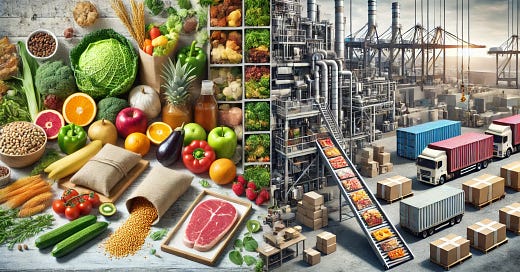




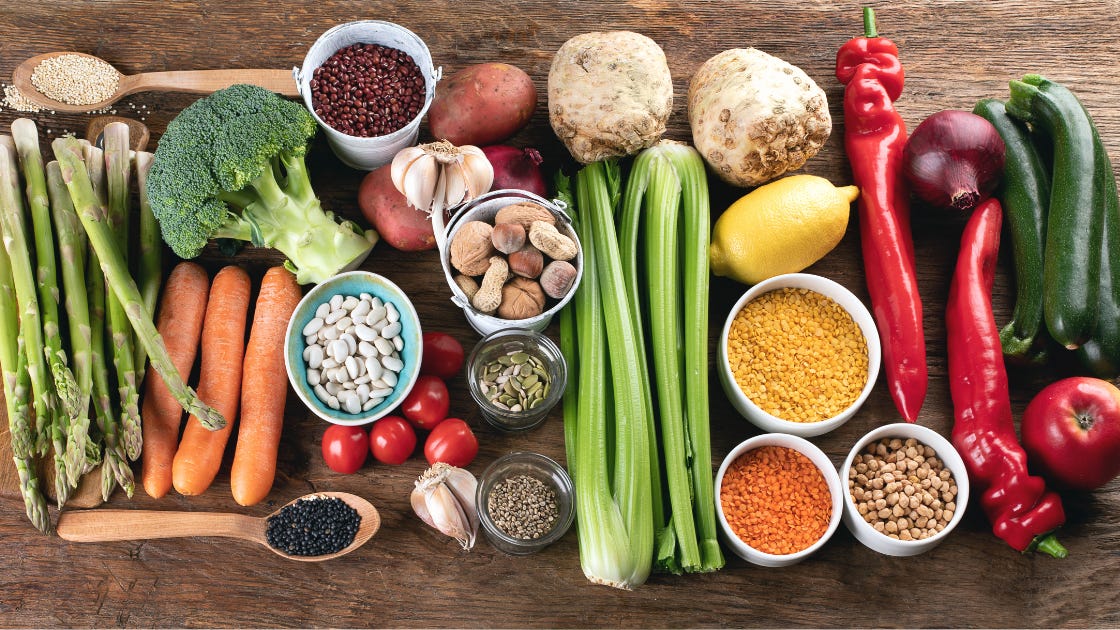

Good points. I can appreciate you kept it to those 3 points. I think that critique is fair. What is healthy for 1 individual can be very unhealthy for another. (Which is why I hate the way some are religious about “their” diet). I was vegan for 1.5 years before throwing in the towel. I learned a lot though.
1: Not everyone has the biology for it. Everyone needs to find what works for them (don’t convince an eskimo who lives on whale blubber to be vegan). We’ve all evolved differently with what we can digest.
2: The honeymoon period is typically 3-6 months where you eat more plant fiber and feel lighter. This often leads to feeling great at first.
3: Lethargy is real. I got to where I could not sustain high intensity exercise or longer activities. For me, I certainly felt anemic no matter what I tried.
4: Despite carefully supplementing and thinking I was getting enough nutrients, those cell walls plants have make it harder to absorb and are less bioavailable. So you may not be getting as much protein absorption as one thinks. No matter how much plant protein I ate, I could not stop my muscle atrophy despite working out.
5: We became vegan because of going down the rabbit hole of YouTube videos and documentaries on factory farming. But I was horrified to learn how many lives are killed to eat 1 avocado. Let alone all the other needed mono crops to sustain the diet. When you plow fields, you murder everything.
6: After I went on a mountain bike ride one morning after 1.5 years in, and couldn’t get off the couch all day, I quit. I ate 1 burger, and it was like a shot of cocaine.
7: If all lives matter, then 1 ethically raised free ranging cow will feed my family for about 3 months. Compared to the 10’s of thousands of small rodents, birds and insects that had to die for my veggies.
8: I found after 3 months in I was relying on highly processed supplements to attempt to maintain my nutrition levels. (1 of your points). It was very difficult to stay satiated so I eventually found myself snacking on a lot of packaged foods.
9: People will say “their” diet works and give studies based on a typical American diet. But if all you did was eat grass you’d still probably be healthier than typical Americans.
10: Vegans will say I did the diet wrong. 😂
I guess the real goal is to find foods that work for you that are hopefully healthy, sustainable, and ethically sourced. And then give everyone grace given people’s differing circumstances.
Veganism is "A first-world luxury?
No way. Its been common in India for example for many centuries.